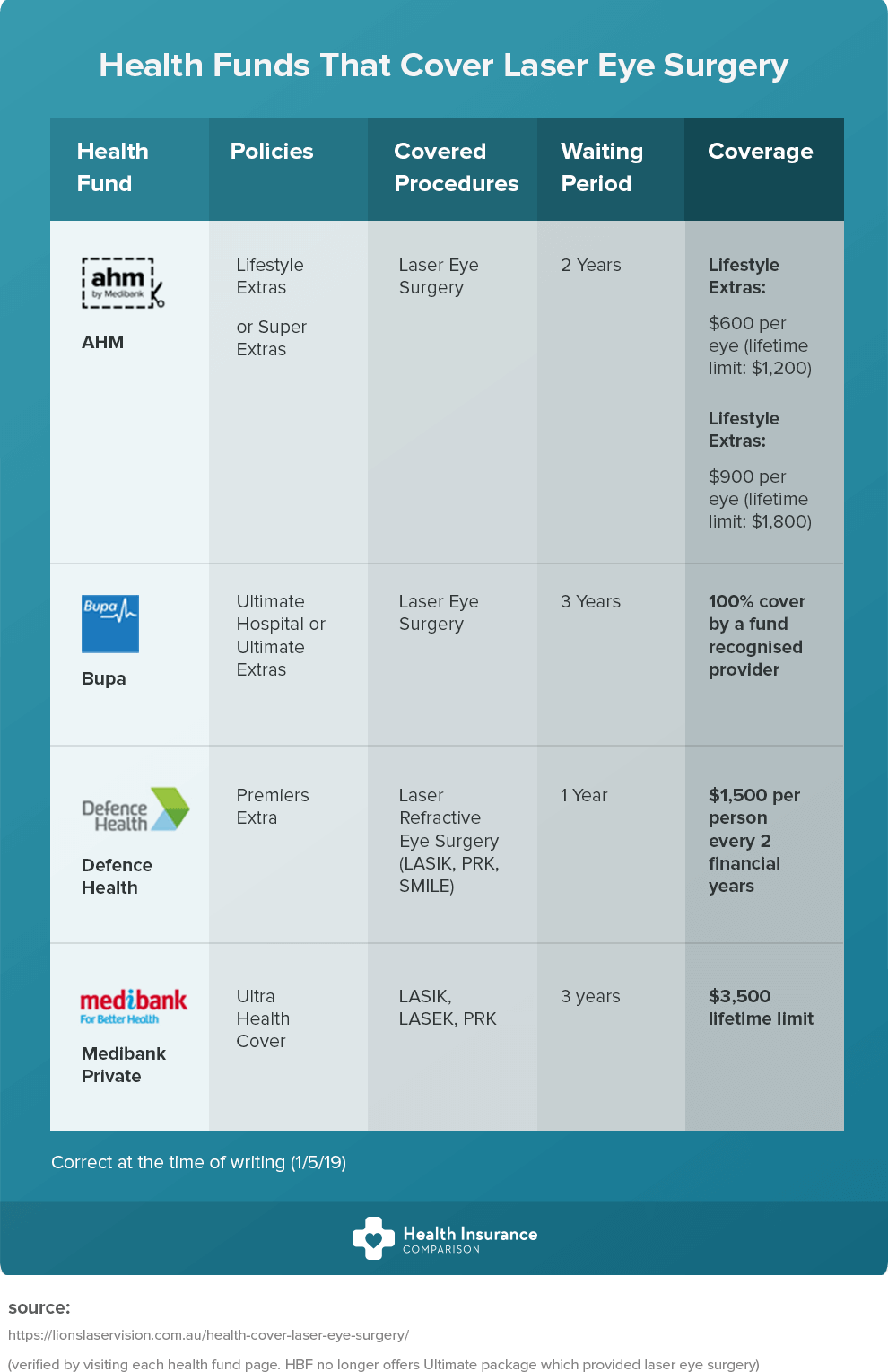Curious Regarding The Differences In Between SMILE, LASIK, And PRK Eye Surgical Treatments?
Curious Regarding The Differences In Between SMILE, LASIK, And PRK Eye Surgical Treatments?
Blog Article
Short Article Produced By-Foss Copeland
If you have actually been thinking about SMILE eye surgical procedure, you could question just how it compares to LASIK and PRK. Each treatment has its very own collection of benefits and factors to consider. From quicker recovery times to potential dangers, there are crucial differences you should recognize prior to deciding. Understanding these differences will certainly help you make an educated choice that lines up with your certain requirements and assumptions. Interested to understand even more concerning exactly how these treatments compare thoroughly? Continue exploring to obtain a detailed understanding of SMILE, LASIK, and PRK.
SMILE Eye Surgery Summary
If you're considering SMILE eye surgery, you'll locate it to be a minimally intrusive treatment with a fast recovery time. Throughout SMILE (Tiny Incision Lenticule Removal), a laser is utilized to create a tiny, exact incision in the cornea to remove a little piece of tissue, improving it to correct your vision. This differs from LASIK, where a flap is developed, and PRK, where the external layer of the cornea is entirely removed.
Among the key advantages of SMILE is its minimally intrusive nature, resulting in a faster healing process and much less pain post-surgery. The recovery time for SMILE is fairly fast, with lots of people experiencing enhanced vision within a day or 2. This makes it a prominent choice for those seeking a hassle-free and efficient vision correction procedure. Additionally, SMILE has been shown to have a reduced threat of dry eye syndrome compared to LASIK, making it a desirable option for people worried regarding this prospective negative effects.
Differences In Between SMILE, LASIK, and PRK
When comparing SMILE, LASIK, and PRK eye surgeries, it is essential to understand the distinct techniques used in each treatment for vision improvement.
SMILE (Tiny Incision Lenticule Removal) is a minimally invasive procedure that includes producing a little laceration to extract a lenticule from the cornea, improving it to deal with vision.
LASIK (Laser-Assisted In Situ Keratomileusis) includes developing a thin flap on the cornea, using a laser to reshape the underlying tissue, and after that rearranging the flap.
PRK (Photorefractive Keratectomy) removes the external layer of the cornea prior to reshaping the cells with a laser.
https://does-lasik-hurt21975.wizzardsblog.com/31175970/grasping-the-perks-of-laser-eye-surgical-treatment-via-the-experience-of-a-skillful-lasik-cosmetic-surgeon on the method the cornea is accessed and dealt with. Price Of LASIK is flapless, making it a good choice for individuals with slim corneas or those associated with contact sports. LASIK uses quick aesthetic recuperation as a result of the flap creation, yet it may pose a higher danger of flap-related complications. PRK, although having a longer recovery period, avoids flap-related problems entirely.
Comprehending these variations is critical in selecting the most suitable treatment for your vision correction needs.
Advantages And Disadvantages Contrast
To examine the advantages and drawbacks of SMILE, LASIK, and PRK eye surgical treatments, it's vital to consider the certain benefits and possible restrictions of each procedure. SMILE surgical treatment supplies the advantage of a minimally invasive treatment, with a smaller incision and possibly quicker recuperation time compared to LASIK and PRK. It also lowers the risk of completely dry eye post-surgery, a typical side effect of LASIK. However, SMILE may have constraints in dealing with higher degrees of nearsightedness or astigmatism compared to LASIK.
LASIK surgical treatment provides fast visual recovery and marginal pain throughout the procedure. Best Price Laser Eye Surgery 's extremely effective in dealing with a wide range of refractive mistakes, including nearsightedness, hyperopia, and astigmatism. Yet, LASIK carries a risk of flap problems, which can influence the corneal framework.
PRK eye surgical treatment, while not as preferred as LASIK, prevents creating a corneal flap, minimizing the danger of flap-related problems. It's suitable for people with thin corneas or uneven corneal surfaces. Nevertheless, PRK has a longer recovery time and may involve extra discomfort during the recovery procedure.
Conclusion
So, when it comes to picking between SMILE, LASIK, and PRK, consider it like choosing the ideal set of shoes. SMILE is like a streamlined, comfortable pair of sneakers - fast and simple.
LASIK is much more like stylish high heels - fancy and quickly, however with some possible dangers.
PRK resembles tough hiking boots - trusted and resilient, yet needing a little bit more time and effort.
Ultimately, the best selection depends upon your specific requirements and choices.
